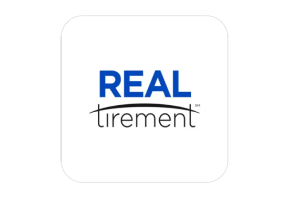Sign up for a webinar
Choose from topics to help you manage your money and plan for retirement.
RegisterUnderstanding catch-ups
Power up your savings with additional investing if you're age 50+.
Explore nowLearn about retirement & financial wellness
Every step of the way
Resources & tools
REALtirement® Mobile App
Retirement plan types
401(k)
These tax-advantaged, employer-provided plans use the power of compounding interest to help employees supplement Social Security in retirement.
401(k) plans403(b)
These tax-deferred plans are designed for employees of public schools, colleges and universities, churches and other religious organizations.
403(b) plans457(b)
Also known as deferred compensation plans, 457(b) retirement plans are designed for government and non-profit employees.
457(b) plans






